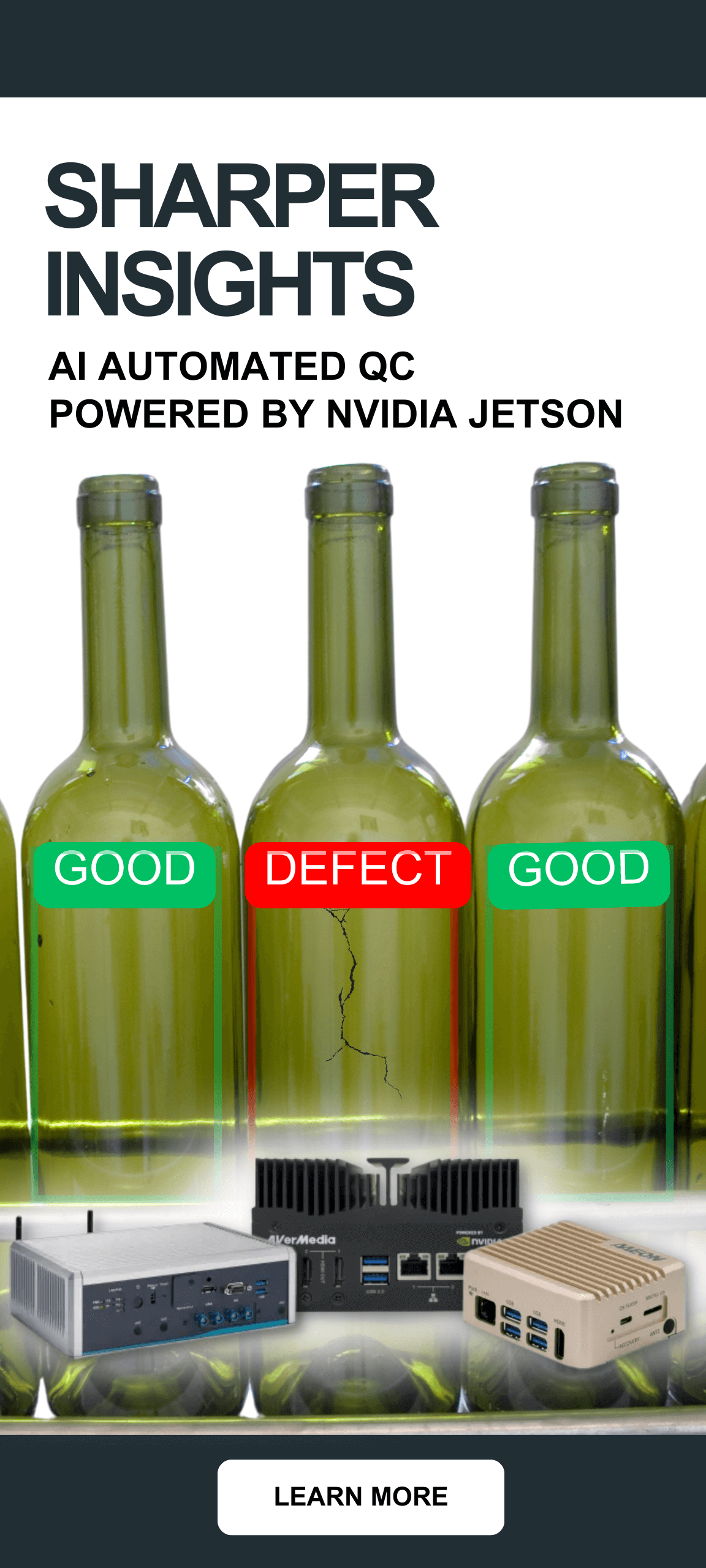
From Old to New: The Need for Evolution in Single Board Computers
Blog
 Military designers must hold one of the most frustrating vocations in the tech field. They may have a seemingly infinite number of resources and get to play with some of the latest and most interesting technology in the world, but they also have to deal with an inherent problem baked into the industry.
Military designers must hold one of the most frustrating vocations in the tech field. They may have a seemingly infinite number of resources and get to play with some of the latest and most interesting technology in the world, but they also have to deal with an inherent problem baked into the industry.
Military technology spans decades and therefore understandably has a tough time upgrading all at once.
That said, newer pieces sometimes have to be able to handshake effectively or work within the existing framework of a much older machine. Single board computers have been around for some time and the backplane configuration is still widely used, so creating new SBC standards that can play well with the old guard can cause some headaches.
The eurocard SBC sector had long been held by the VME bus. However, with the increasing popularity and needs of the eurocard format, the PICMG ratified a format based on PCI technology, which we now know as CompactPCI and has grown considerably, to include much more than its PCI origins. And even later, VPX technology was thrown on the table to push technology forward by utilizing newer connection methods for faster data movement, while still embracing the older VME lineage. These two types of single board computers represent the vanguard of new information technology, especially for the military and aerospace sectors. The possibilities they allow mean new ideas for designers truly looking to the future.
What Changes between these Types of Single Board Computers?
The VME standard, while still used today throughout much of the tech field, is now over three decades old. The main idea behind it, providing an effective way of processing I/O information through an enclosed system, still holds true. But there are new technologies, in the wake of higher speed connections connections to allow faster data processing, which necessitate a more robust standard.
Another major change, specifically for the VPX standard, comes from the exponential increase in technology that combines discreet devices into a single box. This new way of thinking about single board computers needs more I/O capacity, which VPX provides.
What do New Single Board Computers Bring to the Industry?
In the most basic sense, the more recent standards for single board computers allow for better functionality of already existing use cases. Video imaging will be quicker, higher quality, and run over newer video standards, and storage capabilities are increased not only in size, but in transfer speeds. This new sense of vigor is granted within the existing 3u and 6u form factor sizes that VME have been using for years.
The military sector has already moved heavily into VPX usage, and it doesn’t seem like there is any chance this will slow down. OEMs looking to serve that field should be thinking about this change and planning accordingly.
 Brian Luckman is the President of New Era Electronics. He has worked in the industrial OEM market for over 25 years, serving a variety of different industries, gaining a strong reputation for his expertise and a thorough understanding of how to properly service OEM customers. In 2000 he began New Era Electronics and the company continues to grow. He’s a husband and father and enjoys exploring the outdoors.
Brian Luckman is the President of New Era Electronics. He has worked in the industrial OEM market for over 25 years, serving a variety of different industries, gaining a strong reputation for his expertise and a thorough understanding of how to properly service OEM customers. In 2000 he began New Era Electronics and the company continues to grow. He’s a husband and father and enjoys exploring the outdoors.
Creative Commons Attribution: Permission is granted to repost this article in its entirety with credit to New Era Electronics and a clickable link back to this page.




